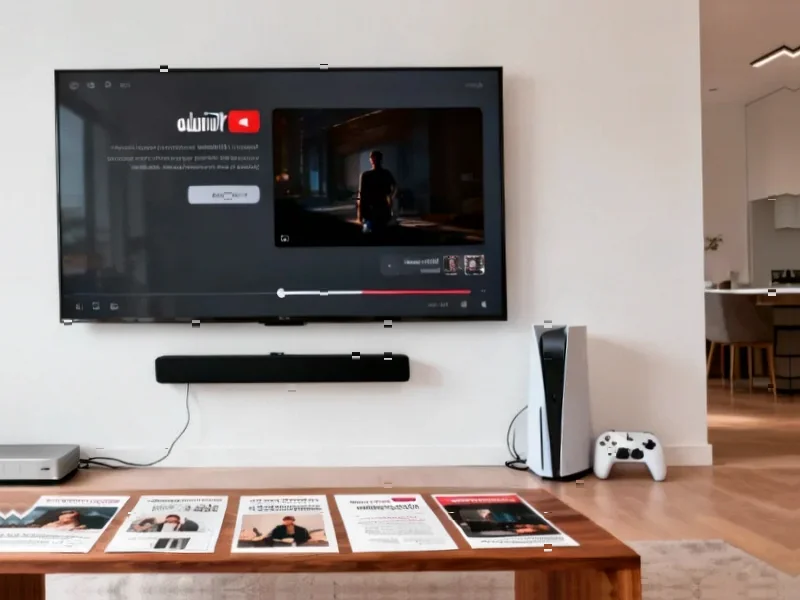According to Android Police, the ongoing feud between YouTube TV and Disney escalated when YouTube publicly rejected Disney’s request to temporarily restore ABC for Election Day coverage. The dispute began when both companies failed to reach a negotiation by October 30, leading to 20 Disney-owned network channels going offline on YouTube TV’s streaming service. In a publicly shared email to Disney executives, YouTube TV argued that restoring ABC for just one day would create more confusion for viewers who would “lose it again shortly after.” Instead, YouTube pointed viewers to alternative election coverage options and proposed restoring ABC and ESPN channels permanently during negotiations, which Disney has not yet accepted. This public rejection signals deeper negotiation challenges between the streaming giants.
The Public Negotiation Strategy
YouTube TV’s decision to publicly share their rejection email represents a calculated escalation in carriage dispute tactics. Traditional network negotiations typically occur behind closed doors, but streaming services are increasingly using public pressure as leverage. By publishing their response directly, YouTube positions itself as the consumer advocate while painting Disney as unwilling to compromise. This approach creates direct pressure from subscribers who might otherwise blame YouTube TV for the channel blackout. The strategy reflects how streaming platforms are rewriting the playbook for content distribution negotiations, using transparency as both weapon and shield.
Viewer Experience and Market Fragmentation
The temporary restoration rejection highlights a growing problem in the streaming ecosystem: content fragmentation creates consumer confusion and frustration. When major channels disappear during critical events like elections, viewers are forced to navigate multiple platforms and subscriptions. YouTube’s argument about avoiding “confusion” acknowledges this pain point, but their solution—pointing viewers to the main YouTube platform—reveals their broader ecosystem strategy. This pushes users toward free, ad-supported content that benefits YouTube’s core business model rather than solving the underlying carriage dispute. The situation demonstrates how streaming services increasingly treat live television as just one component of their broader content strategy.
Broader Streaming Industry Consequences
This public standoff signals potential turbulence ahead for the entire streaming industry. As traditional media companies like Disney demand higher carriage fees for their linear channels, streaming providers face the same cost pressures that plagued traditional cable. The $15 monthly credit YouTube TV offered subscribers—now potentially increasing to $20—represents a significant financial hit that reflects both the value of Disney’s content and YouTube’s willingness to absorb short-term losses. If this dispute drags on, it could encourage other streaming services to take harder lines in their own negotiations, potentially leading to more frequent channel blackouts across the industry. The outcome will likely influence how aggressively other platforms negotiate with content owners in the future.
Long-Term Resolution Scenarios
The Election Day rejection suggests this dispute may continue for weeks or months, with several possible outcomes. YouTube’s public stance indicates they’re prepared for a prolonged battle, potentially using this as an opportunity to reassess the value of linear channel bundles altogether. Disney, facing its own streaming challenges with Disney+, may be using this negotiation to extract maximum value from traditional distribution before potentially shifting focus entirely to direct-to-consumer platforms. The most likely resolution involves a compromise where YouTube TV accepts higher fees but gains more flexibility in packaging or potentially transitioning some content to on-demand rather than linear formats. Either way, this public confrontation marks a significant moment in the evolution of streaming television economics.




